Classification rules of Costa Rican honey treatment: differences among white honey, yellow honey, gold honey, red honey and black honey
Professional coffee knowledge exchange more coffee bean information please follow the coffee workshop (Wechat official account cafe_style)
How much honey is there in this Costa Rican honey-treated coffee?
It sounds garrulous, but you may be familiar with these coffees marked with honey treatment, sun treatment and water washing, and you may have heard of red honey and black honey, but seldom hear the store explain their differences. Let's take a look at different honey-treated coffee.
To write this article, the author interviewed Cesar, the Salvadoran landowner, and Francisco and Wayner, the Costa Rican landowners, who are very keen on honey processing, while Francisco played a great influence on the coffee microprocessing revolution in Colombia, exporting coffee from nearly 100 Colombian small farmers and managing the Sumava estate. Here are the author's findings:
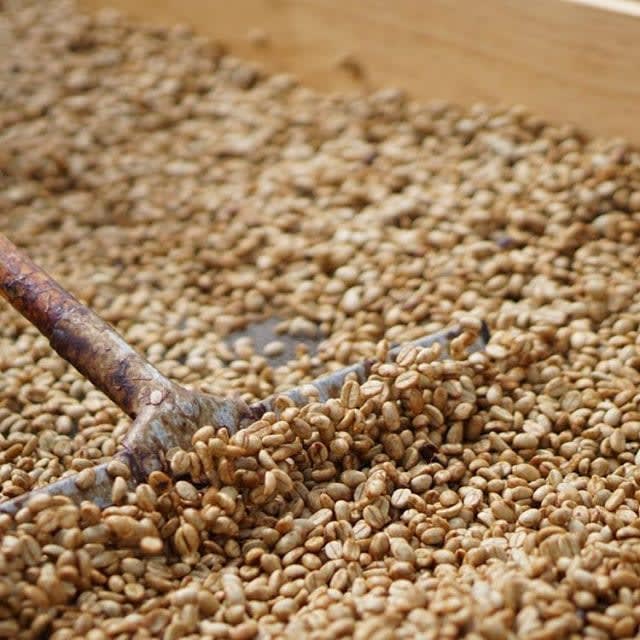
Honey-treated coffee in the processor, source: Menachem Gancz
What is honey treatment?
Coffee beans are not really beans, but the seeds of coffee fruit, while coffee is a red fruit when ripe, and may have a yellow and orange appearance depending on the variety.
But before the coffee beans are roasted, there are several layers of matter to be removed from the outer layer of the fruit, and then the coffee beans are dried to a moisture content of about 11%. There are two common treatments: washing with water to remove the pectin layer. and direct exposure to the fruit and then remove the outer layer of the sun treatment.
Honey treatment is somewhere in between, the outer layer of the fruit will be partially removed, and part of the pectin layer will be retained and dried.
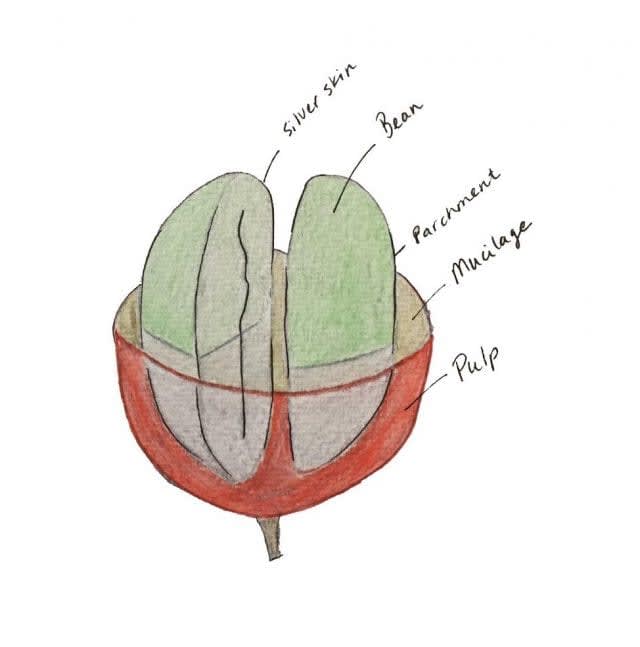
Cross section of coffee fruit, source: Danielle Kilbride
Why is it called honey? Maybe it's because "pectin layer-treated coffee" sounds unappetizing. Unless someone knows how to handle it, the pectin layer is a highly sweet, thick, honey-like substance, and even if the name of this treatment has nothing to do with flavor, honey-treated coffee is known for its high sweetness.
What is the difference between yellow honey, red honey and black honey?
We have a preliminary understanding of honey treatment, and then look at different honey-treated coffee. These treatments written on the packaging may be rare, but there is an opportunity to see some producers or exporters mark such as white honey, yellow honey, gold honey, red honey and black honey.
To put it simply, white honey and yellow honey retain less pectin, while gold honey, red honey and black honey retain more pectin, which will give the coffee a fuller taste.
To put it in more detail, honey treatment is affected by humidity, temperature and oxidation of sugar, which do not have a certain formula. The closest statements can be roughly divided into the following categories:
White honey and yellow honey
White honey coffee tends to be washed by machine and retains a minimum pectin layer. Yellow honey coffee tends to be semi-washed and retains a slightly higher proportion of pectin.
Although the definition of honey-treated coffee produced by each farm may be slightly different, this information is practical, and understanding the differences in treatment when buying and selling these coffees helps to communicate the cognitive gap.
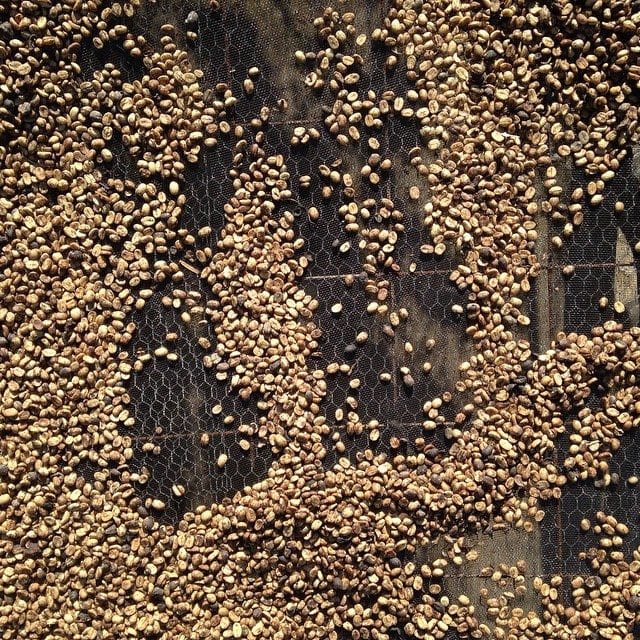
White honey coffee has a unique and complex flavor, source: caf é Pecora
Golden honey, red honey and black honey
The difference between these three kinds of honey-treated coffee lies in the difference between pectin retention and drying time. Higher humidity and longer treatment time will produce black honey, lower humidity will produce red honey, followed by golden honey.
Golden honey will dry in sunny, warm and low humidity conditions, which will speed up the drying time. However, red honey dries in cooler places to slow down the drying time, which increases the time for coffee beans to be exposed to moisture. Black honey dries longer and dries in a cooler place.
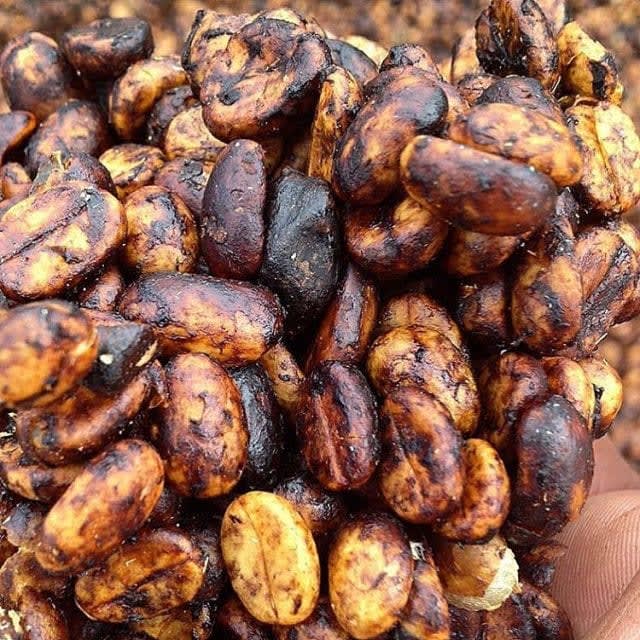
Black honey coffee has a mellow taste, rich flavor and high price. Source: Gold Mountain Coffee Growers
Why produce these darker honey-treated coffee?
The darker the appearance of beans, the more processing procedures. Coffee treated with black honey needs to be constantly monitored in order to avoid excessive fermentation and mildew in the process. This treatment has a higher risk of losing the freshness of raw beans. Similarly, black honey-treated coffee needs to be roasted as soon as possible, especially if you want to drink this coffee with a honey-sweet flavor.
If black honey is so troublesome, why do it? Because black honey coffee is delicious to make and concentrate, it tastes like someone has added a tablespoon of honey to your coffee. On the contrary, white honey and yellow honey coffee have a clearer taste and are suitable for hand brewing.
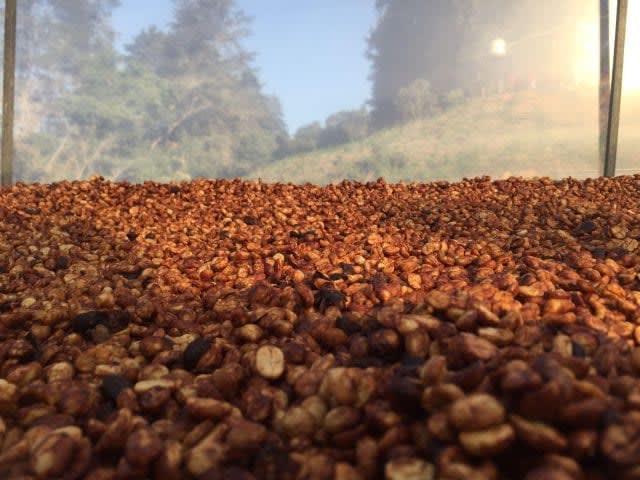
Costa Rican black honey treats coffee. Source: OR Coffee
How do farmers control the honey processing process?
The authors asked Francisco, Wayner and Cesar how to control the honey treatment program to achieve the correct color appearance, and they said it would take a lot of effort, taking samples from the scaffolding during the 60-90 days of the harvest season to monitor the appearance of raw beans.
Francisco, who is both an exporter and a farmer, briefly states what he has done: he has been looking for ways to improve the Costa Rican coffee industry, so he has started a new management method: color-coded drying scaffolding.
These scaffolding help farmers throughout the drying process, allowing them to clearly identify the status of coffee beans and keep the processing program in a proper state. He shares the charts of the color system with other estates that also use this method, and his goal is to make the tool available to all farms, processors and even bean bakers.

Color coding dry scaffolding, source: Francisco Mena
What does different honey treatments mean to you?
If you are a producer, would you consider further classifying honey-treated coffee? If you are a bean baker, will your importers and direct trading partners educate you in the best way to bake the best flavor of this coffee? If you are a consumer, are you looking for coffee with dried fruit or chocolate flavor?
Or, as a professional marketer, how do you tell your audience about the differences in handling? It is a challenge to explain the complexity of honey treatment in words that the consumer can understand. Does tabulating or graphing this information help you promote it?
Coffee can be told on many levels. Because of its different processing methods and flavor characteristics, the subtle differences between different honey-treated coffees are actually very valuable, and farmers will certainly hope that these differences can be appreciated by Bole. Like it and carry it forward.
The article is reproduced from: Chengzhen Coffee, translated from Perfect Daily Grind
END
Important Notice :
前街咖啡 FrontStreet Coffee has moved to new addredd:
FrontStreet Coffee Address: 315,Donghua East Road,GuangZhou
Tel:020 38364473
- Prev
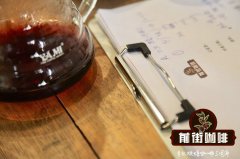
Try to brew a cup of coffee from Manor Erida, Panama, with a strong aroma.
Professional coffee knowledge exchange more coffee bean information please follow the coffee workshop (Wechat official account cafe_style) morning life without a cup of coffee. There are many ways to make coffee, such as press pot, drip coffee pot, etc., but if I can only choose one way to ensure good taste, convenience and save money, then I will definitely choose Philharmonic to press a slightly odd gadget.
- Next
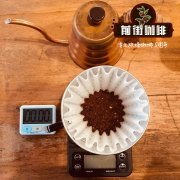
There are five differences in the honey treatment of coffee beans. The water washing method also has full water washing and half water washing.
Professional coffee knowledge exchange more coffee bean information please pay attention to the coffee workshop (Wechat official account cafe_style) honey treatment Honey (Miel) Processing honey treatment through the machine to remove the peel and pulp, retain pectin for sun drying. White Honey honey 80% mae 90% pectin was removed. Yellow Honey yellow honey retains 50% pectin and has no fermentation. Accept the most
Related
- What is the meaning of lactic acid fermentation with coffee bean treatment?
- How to judge the state of foam by sound?
- How does the latte pull out the unicorn pattern? Come to get for a little trick to improve the flower pull!
- Will flower pulling affect the taste of the latte?
- Do you know the history of coffee?
- The difference between honey treatment and sun washing what is raisin honey treatment?
- What kind of milk can a novice use to make coffee foam to keep the foam longer? The correct method and skills of milking tutorial sharing
- Why do washed coffee beans taste sour? Flavor characteristics of washed Coffee
- Introduction to the skill of how to practice the size and height of water injection around the circle of hand-brewed coffee
- How do beginners practice coffee flower drawing from scratch?

